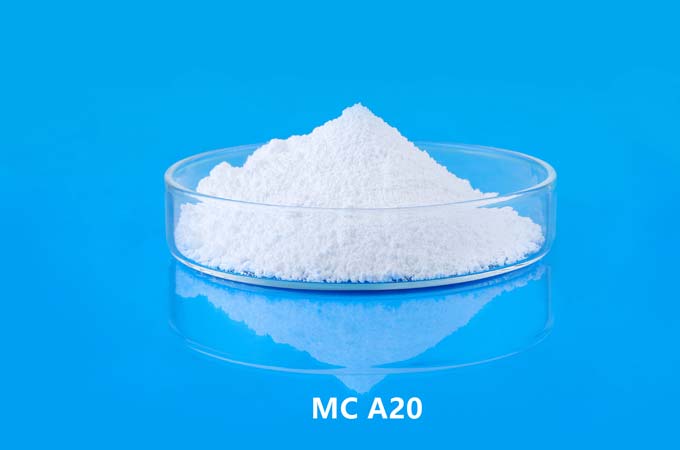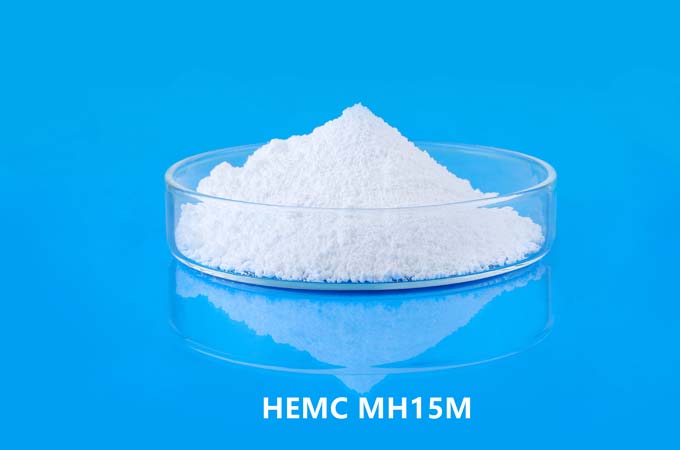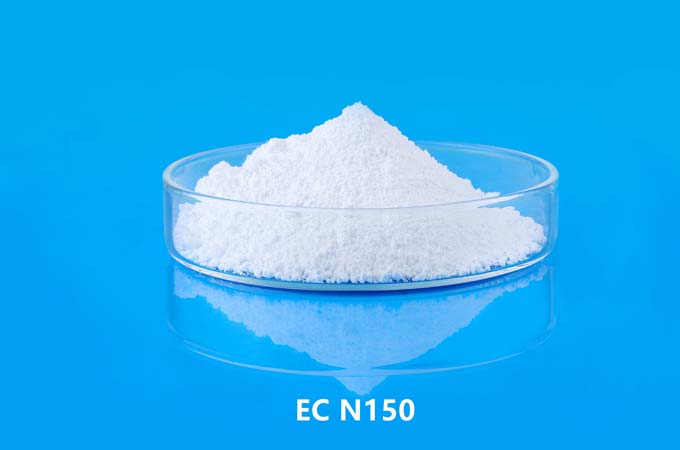Hypromellose, also known as hydroxypropyl methylcellulose (HPMC), is a synthetic polymer that is widely used in various industries including pharmaceuticals, food, cosmetics, and construction. It is derived from cellulose, a natural polymer found in the cell walls of plants. But what is hypromellose made from? Hypromellose is primarily composed of cellulose ether and is produced through a series of chemical modifications of cellulose molecules.
1. Introduction to Hypromellose:
Hypromellose is a hydrophilic polymer that is soluble in water and forms transparent, viscous solutions. It is commonly used as a thickening agent, binder, emulsifier, and film-former due to its unique properties. Hypromellose is chemically inert, non-toxic, and has excellent film-forming capabilities, making it suitable for a wide range of applications.
2. Manufacturing Process:
The production of hypromellose involves several steps, starting with the extraction of cellulose from plant sources such as wood pulp or cotton linters. Once cellulose is obtained, it undergoes chemical modifications to introduce hydroxypropyl and methyl groups onto the cellulose backbone. This is typically achieved through etherification reactions using propylene oxide and methyl chloride. The degree of substitution of hydroxypropyl and methyl groups can be controlled to tailor the properties of hypromellose for specific applications. After the chemical modifications, the resulting product is purified to remove any impurities and is then dried and milled into a fine powder. The final product is typically available in various grades and particle sizes to meet different formulation requirements.
3. Properties of Hypromellose:
Hypromellose exhibits several important properties that make it suitable for various applications:
Water solubility: Hypromellose is soluble in cold water, forming clear, viscous solutions. This property makes it ideal for use in pharmaceuticals, where it can be easily incorporated into oral solid dosage forms such as tablets and capsules.
Film-forming ability: Hypromellose can form flexible and transparent films when dried, making it useful for coating tablets and providing controlled release of drugs.
Thickening and gelling: Hypromellose has thickening and gelling properties, which are utilized in food products such as sauces, dressings, and desserts.
Stability: Hypromellose is chemically stable and does not react with other ingredients in formulations. It is also stable over a wide range of pH and temperature conditions.
4. Applications of Hypromellose:
Hypromellose finds widespread applications in various industries, including:
Pharmaceuticals: Hypromellose is commonly used as a binder, disintegrant, and controlled-release agent in oral solid dosage forms such as tablets and capsules. It is also used as a lubricant in ophthalmic formulations and as a viscosity modifier in topical creams and gels.
Food: Hypromellose is used as a thickener, stabilizer, and emulsifier in food products such as sauces, dressings, ice creams, and bakery items. It can improve the texture, mouthfeel, and shelf life of food products.
Cosmetics: Hypromellose is used in cosmetics and personal care products such as creams, lotions, and shampoos as a thickening agent, emulsifier, and film-former. It helps to improve the texture, consistency, and stability of cosmetic formulations.
Construction: Hypromellose is used in construction materials such as tile adhesives, mortars, and gypsum-based products as a thickener, water retention agent, and workability enhancer. It improves the rheological properties and workability of construction materials, allowing for easier application and better performance.
5. Significance of Hypromellose:
Hypromellose plays a crucial role in various industries due to its versatile properties and wide range of applications. In the pharmaceutical industry, hypromellose is essential for formulating oral solid dosage forms with controlled release characteristics, improved stability, and enhanced patient compliance. In the food industry, hypromellose helps to improve the texture, appearance, and shelf life of food products, while in the cosmetics industry, it contributes to the formulation of high-quality, stable, and aesthetically pleasing personal care products. In the construction industry, hypromellose enhances the performance and workability of construction materials, leading to better quality and durability of buildings and structures.
Hypromellose, derived from cellulose through chemical modifications, is a versatile polymer with a wide range of applications across various industries. Its unique properties, including water solubility, film-forming ability, thickening and gelling properties, and stability, make it indispensable in pharmaceuticals, food, cosmetics, and construction. The manufacturing process of hypromellose involves extracting cellulose from plant sources and chemically modifying it to introduce hydroxypropyl and methyl groups. Hypromellose plays a significant role in formulating oral solid dosage forms, improving the texture and shelf life of food products, enhancing the performance of cosmetics, and optimizing the properties of construction materials. Overall, hypromellose is a valuable ingredient that contributes to the development of high-quality products in various industries.
 English
English 日本語
日本語 français
français Deutsch
Deutsch Español
Español italiano
italiano русский
русский português
português العربية
العربية Türkçe
Türkçe Nederland
Nederland



